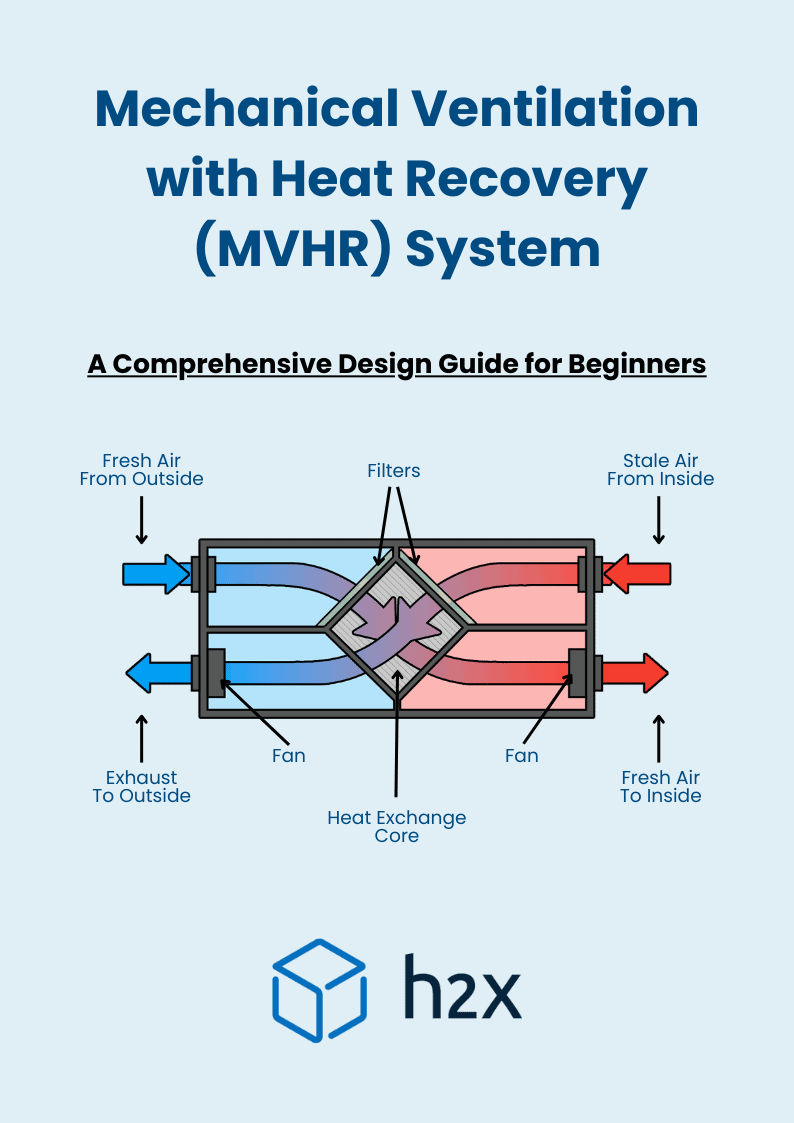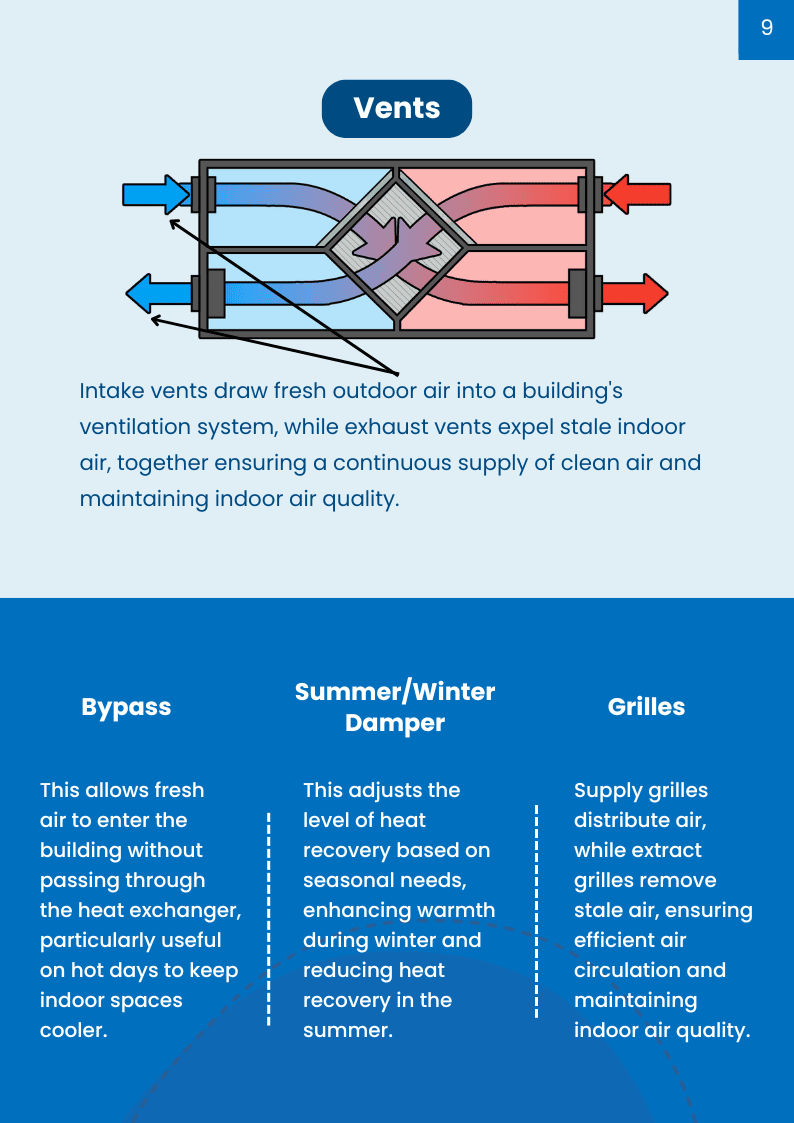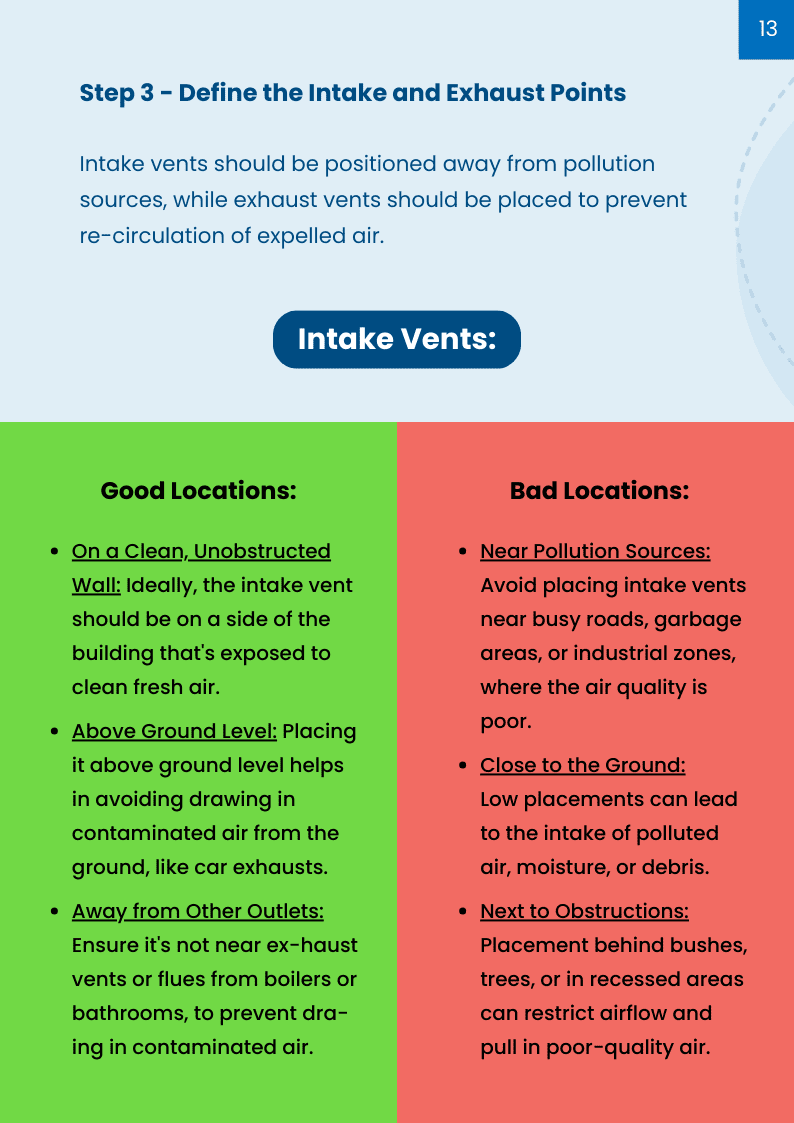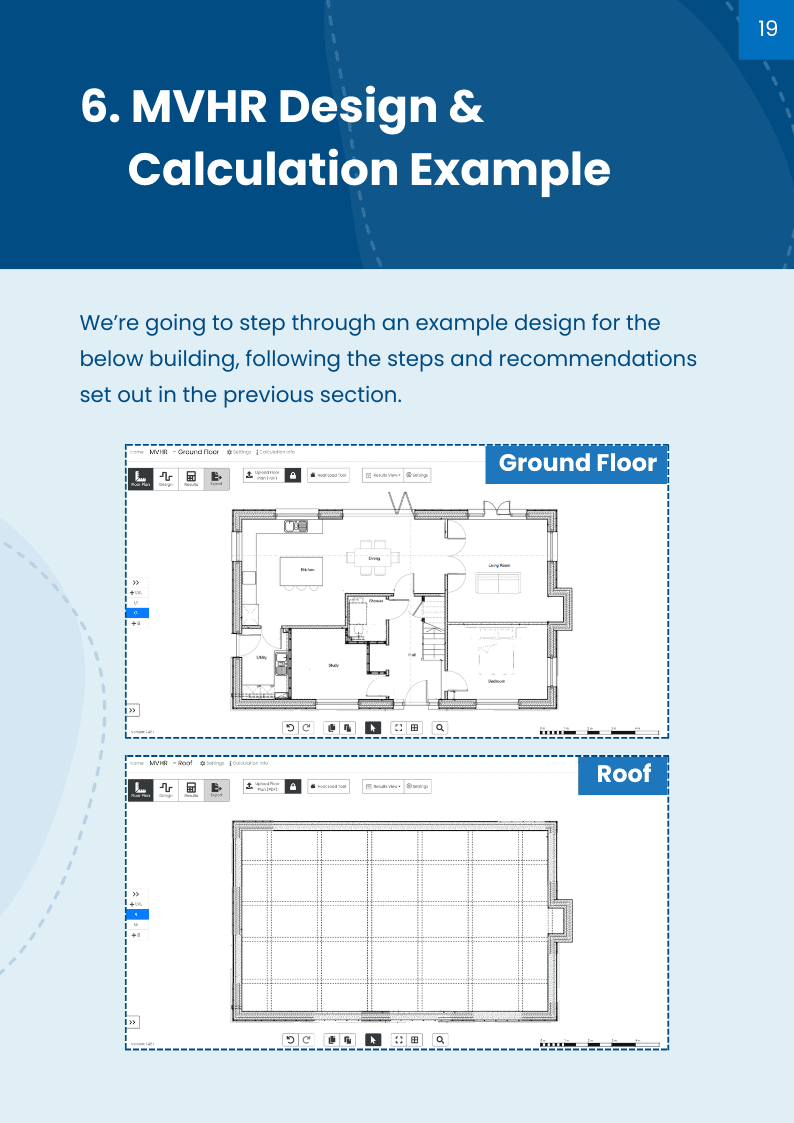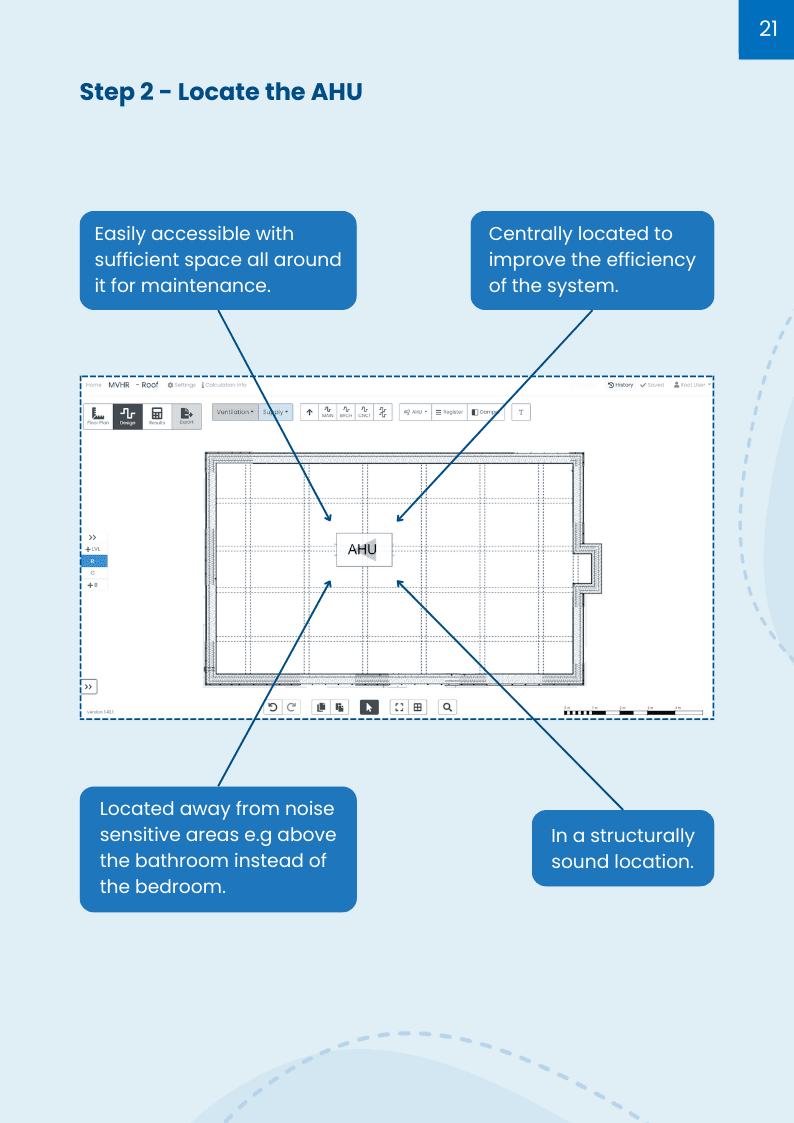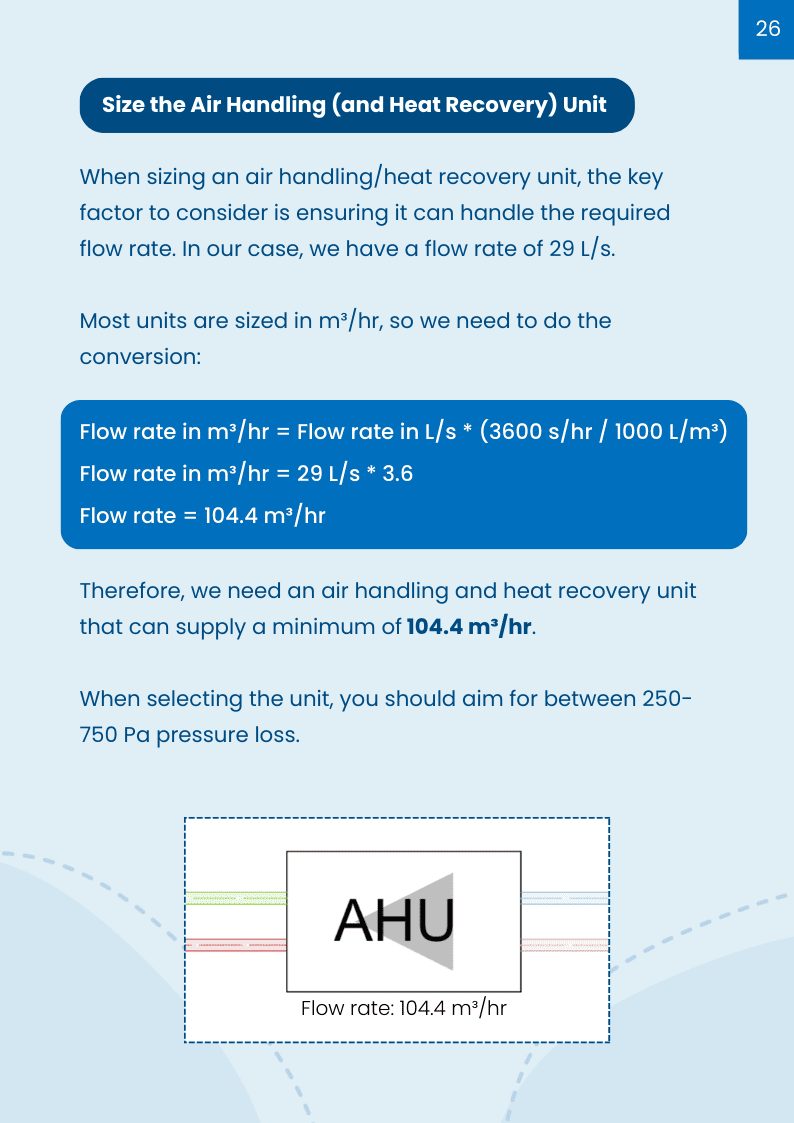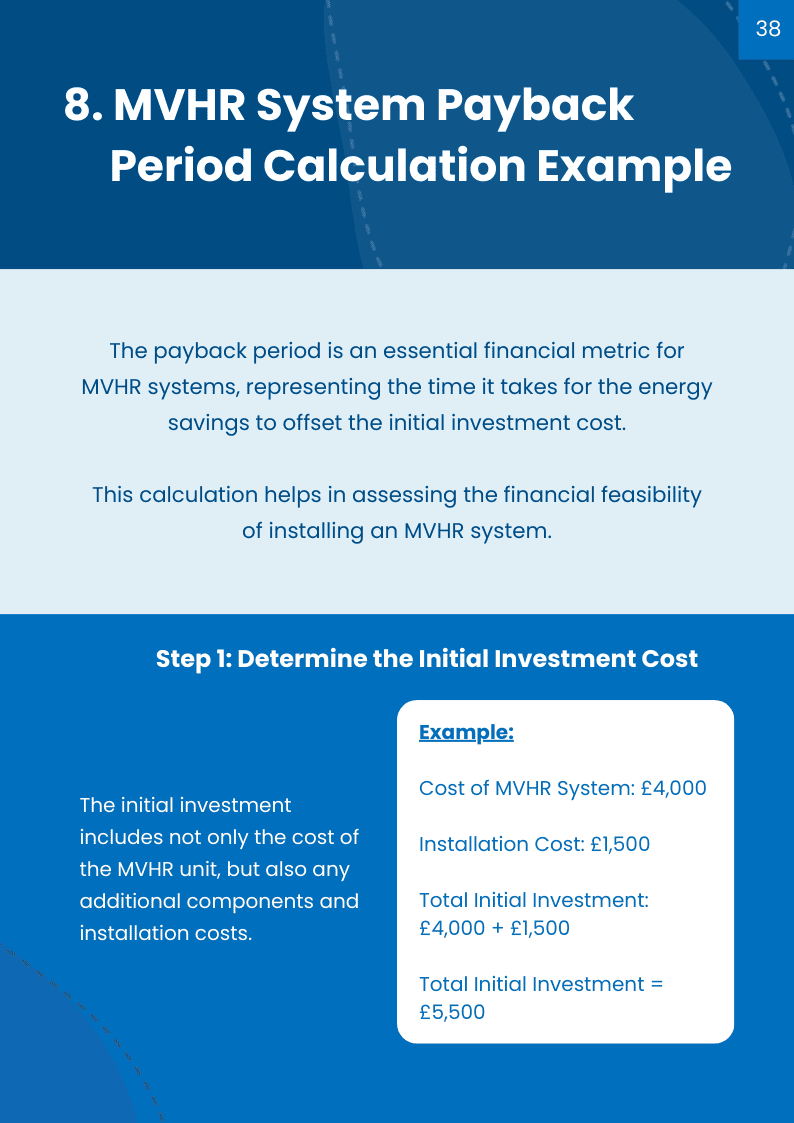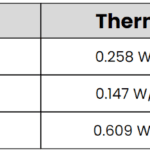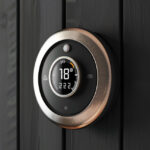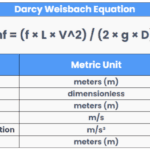
MVHR Explained: What It Is, How It Works & Is It Worth The Investment?
Learn what a Mechanical Ventilation with Heat Recovery (MVHR) system is, how it works, the energy-saving and air quality benefits, key components, and more.

Introduction
Mechanical Ventilation with Heat Recovery (MVHR) is a highly efficient system that not only provides fresh air to your building, but also recovers heat from the air being exhausted.
This innovative technology is becoming increasingly popular in homes and commercial spaces as energy efficiency and indoor air quality gain importance in building design.
But what exactly is MVHR, and is it worth the investment?
MVHR stands for Mechanical Ventilation with Heat Recovery, a system that balances the need for ventilation with energy conservation.
It works by extracting stale air from inside a building and replacing it with fresh air from the outside.
Crucially, as the system vents stale air, it recovers much of the heat and uses it to warm the incoming air, significantly reducing the energy needed for heating.
With the rise in energy costs and growing environmental concerns, understanding what MVHR is and how it functions can help homeowners and business operators make informed decisions about installation.
How Does MVHR Work
Mechanical Ventilation with Heat Recovery systems operate through a combination of ducts, filters, and heat exchangers.
Fresh air is drawn into the system from outside, passing through filters to remove pollutants before entering the building.
Simultaneously, stale air is extracted from inside, passing through a heat exchanger that transfers warmth from the outgoing air to the incoming air, without the two air streams ever mixing.
This process maintains indoor air quality and recovers a significant amount of heat that would otherwise be wasted.
In colder months, this recovered heat can significantly reduce the load on your building’s heating system, making it more efficient.
In warmer months, the system may include a bypass function, allowing fresh filtered air to enter without additional heating.
By doing this, MVHR not only conserves energy but also provides consistent ventilation, contributing to a healthier indoor environment.
It’s important to note that while MVHR systems are excellent at recovering heat, they are not designed to cool or heat a house independently, though they do assist in maintaining a more stable indoor temperature.
MVHR’s Two Major Benefits
The primary benefit of an MVHR system is its ability to make buildings significantly more energy efficient.
Traditional ventilation systems often waste heat by expelling warm air outside without recovering energy used to heat it.
An MVHR unit, however, recovers this heat and transfers it to the incoming fresh filtered air.
This results in reduced energy consumption, lower heating bills, and a smaller carbon footprint for the building, contributing to more sustainable living or working conditions.
Another crucial benefit is the improvement in indoor air quality.
MVHR systems continuously filter and supply fresh air, removing pollutants, allergens, and excess moisture from indoor spaces.
This is particularly beneficial in homes or commercial buildings located in areas with high levels of outdoor pollution.
The constant removal of stale air reduces the risks of mold, dampness, and the accumulation of indoor pollutants, leading to a healthier living environment.
If you care about both energy efficiency and indoor air quality, MVHR systems would be worthwhile investments for you.
The Components of an MVHR System
An MVHR unit consists of several key components that work together to deliver both ventilation and heat recovery.
- Heat Exchanger: The core of the system, it transfers heat from outgoing air to incoming fresh air, recovering up to 90% of heat.
- Supply and Extract Ventilation Ducts: These ducts channel air to and from different areas in the building, ensuring proper ventilation.
- Filters: Ensure the incoming air is clean, free from dust, allergens, and pollutants.
- Fans: Drive the airflow through the system, maintaining consistent ventilation.
- Controls: Allow users to adjust ventilation rates, with options for automated adjustments based on humidity or CO2 levels.
- Vents: Facilitate the intake of fresh air and the exhaust of stale air, maintaining air quality throughout the building.
Together, these components create a balanced ventilation system that promotes energy efficiency and healthier air.
How h2x Design Software Can Help
Designing an efficient MVHR system requires careful planning and calculation, which can be challenging without the right tools.
This is where software like h2x comes in.
h2x simplifies the design process by automating complex calculations, such as determining the correct airflows, duct sizing, and pressure drops.
It helps you design precise layouts that ensure optimal system performance and compliance with standards like CIBSE or ASHRAE.
Moreover, h2x generates detailed reports, helping you maintain transparency with clients by providing clear documentation of system performance, energy efficiency, and cost savings.
This software also reduces errors and boosts productivity for engineers and designers by automating tasks that would otherwise be time-consuming.
If you’re considering installing an MVHR system, using advanced design software like h2x can streamline the process and ensure that your system is as efficient and effective as possible.
Book a free demo or start a free trial with h2x today!

Frequently Asked Questions
What is an MVHR system and how does it work?
MVHR stands for Mechanical Ventilation with Heat Recovery.
It is a ventilation system that removes stale indoor air, brings in fresh outdoor air, and recovers the heat from the outgoing air to warm the incoming air, improving energy efficiency and indoor air quality.
Can an MVHR system heat or cool a house?
While MVHR systems recover heat from extracted air, it is not a substitute for a traditional heating or cooling system.
It helps stabilise temperatures by reducing the need for additional heating, but cannot independently heat or cool a building.
Is installing an MVHR unit worth the investment?
Yes, for many buildings, particularly those in colder climates or highly insulated properties, the energy savings and improved indoor air quality can justify the initial cost.
The payback period varies by building and energy prices, but the long-term benefits often outweigh the upfront expense.
h2x: All-In-One Tool for Calculating, Designing, Estimating, and Paperwork

What's in the Pipeline?
Get technical resources delivered to your inbox weekly!
Testimonials
What Installers Say
What Consultants Say
A game changer for the humble plumber. Incredible.
Brad Winkel
Director at Queenstown Plumbing
Brilliant, simple and easy to use. Game changer.
James Major
Director at Hubb
Big time game changer to the industry!
Viv Jude
Director at UHC
Incredible software! Super user-friendly and allows you to save so much time.
Devni Gamage
Engineer at DMA
h2x is great software, our company use it nearly every day. It is easy to use with direct conversion from h2x to Revit.
Callum Craig
Engineer at WDE
h2x is fantastic software. It is very easy to use and the ability to output to Revit is a fantastic time saver.
Joe Kirrane
Engineer at MEP


